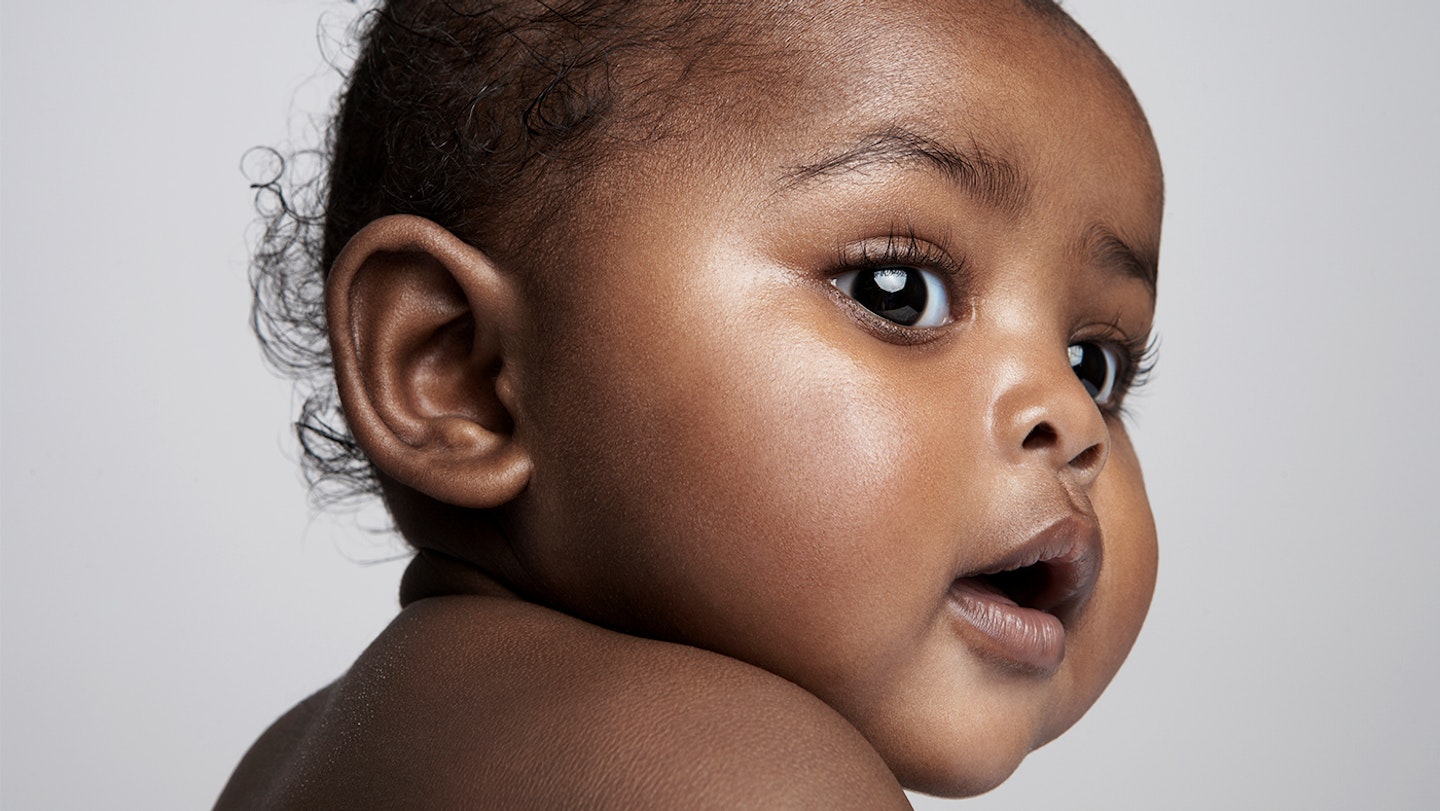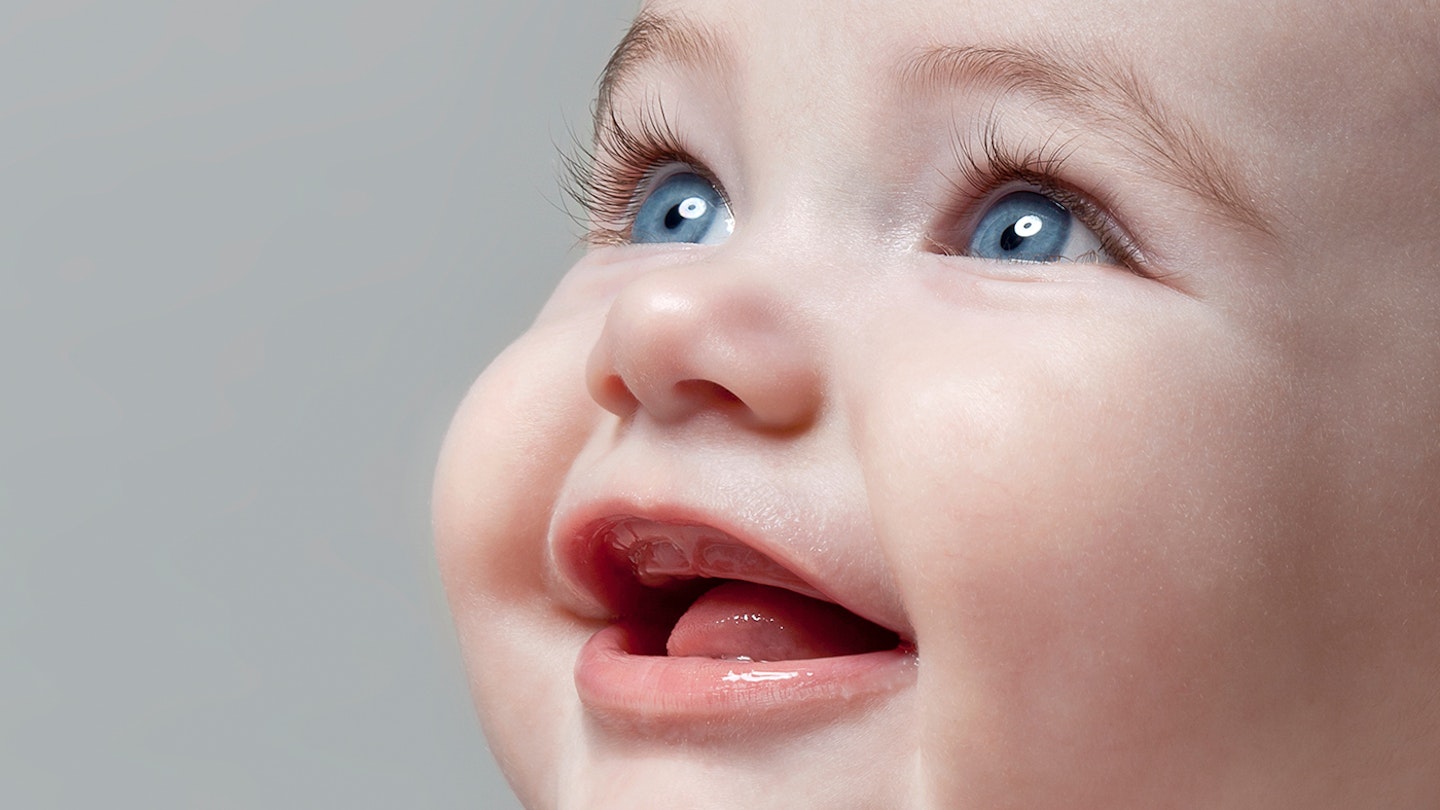After dreaming for so long about what your baby would look like, now they're here you may be wondering when do babies' eyes change colour? All your friends have their own ideas, and everyone thinks they know the science behind it - but we've got all the information you need right here.
When do babies' eyes change colour?
The most dramatic eye colour changes occur when your child is between the ages of six and nine months old. By that point, the iris has enough pigment for you to be able to better predict what the final eye colour will be.
What is eye colour?
Eye colour refers to the appearance of our iris, the muscular ring that surrounds our pupils. It's the iris that helps control the amount of light that enters our eyes. This iris comes in a variety of colours from green to blue, hazel to dark brown.
Like us adults, babies' pupils will always be black, just like how the sclera (better known as the whites) will always be white. This can change however if your child is suffering from symptoms of jaundice, where they may have yellow-tinged eyes.

What factors determine eye colour?
It's fascinating learning about the physics behind what determines eye colour. It's all to do with something called the 'Tyndall effect', which is about the scattering of light and how it can make eyes appear different colours. It's similar to what is called 'Rayleigh scattering' which is what makes the sky look blue.
The colour of your baby's irises is to do with something called melanin, a protein secreted by cells called melanocytes which also determines the colour of your skin.
So the colour of your eyes is determined by the amount of melanin in your eyes, which means they are able to absorb more or less light. Simply put, the more melanin you have in your eyes, the darker your eyes will be.
Those with more melanin won't be able to absorb as much light, making their eyes appear dark brown, whereas those with blue eyes will have a tiny amount of melanin, meaning that all the light that enters them is scattered back into the atmosphere, creating a blue hue. Green or hazel eyes are somewhere in the middle. Interesting right?
Why do babies' eyes change colour?
This is because newborns don't have the levels of melanin they'll eventually have. The amount increases over time, which is why eyes often start blue but change to another colour in a few months.
Do all newborns have blue eyes?
No, they aren't. While many Caucasian newborns' eyes appear blue or grey eyes, this is just because they tend to be born with less pigment than other ethnicities. As they are exposed to light, the eye colour can start to change. Typically, African, Hispanic, and Asian babies are born with brown eyes.

When do babies' eyes stop changing colour?
While your baby will be able to see clearly at around three months old, their eyes will most likely change colour around six to nine months, they can change colour up to about three years old before it is permanent.
How can you tell if your baby's eyes will stay blue?
Supposedly, there is a way to tell whether or not eye colour will change by looking at a baby's eye from the side so that there's no light affecting your view. If there are hints of gold in the iris, it means their eyes will probably become brown or green over time. Whereas if the eyes are still very blue, they are likely to stay that way.
What colour will my baby's eyes be?
There is one specific chromosome that is mostly responsible for determining your baby's eye colour. This chromosome carries two genes, one of which will determine the amount of melanin in your youngster's iris and the other that controls the activity of the melanocytes, the cell which contains the melanin. Together, these genes work together to determine baby's eye colour.
As a result, this means that you can't necessarily work out your baby's eye colour just by looking at you and your partner's eye colour although you can get a pretty good idea. For example, if you both have the same eye colour, say green, it's highly likely your little one will have green eyes too. But if you both have different coloured eyes, your baby might end up with either colour.
